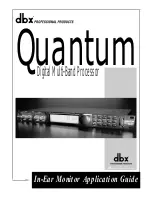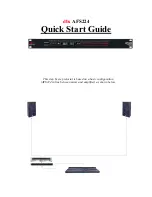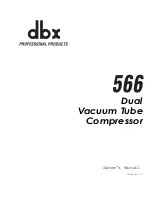
Detune
This parameter detunes the unison voices. Higher set-
tings correspond to more variation. A minimum of two
voices is necessary to get an audible change. The de-
tuning is centered around the main note pitch. When
playing e.g. A4 (440 Hz) and detuning two voices by 1
Hz, the two pitches would be 339 Hz and 441 Hz, thus
still creating the sensation of a 440 Hz note.
Spread
Spreads the unison voices in the stereo field. A min-
imum of two voices must be dialed in to create an
audible effect. At maximum position, the voices will
be fully spread in the stereo field — in the case of using
two voices, one voice will be panned hard left and the
other one hard right. In case of three voices, one voice
will be panned hard left, one dead center and one hard
right, etc.
Solo
Allows to solo individual voices. Note that only voices
that are actually in use can be solo’ed. Pressing solo
on the 4th voice of a 3-voice patch will thus lead to
silence.
4.10 Voice Edit/Common
The voice edit section is located just below the unison
voice section. This section allows to edit all unison
voices combined (ALL), or to select individual voices.
Each unison voice has its own set of parameters, which
means you can stack up to 8 different sounds. The
sound parameters available per voice include all oscil-
lator parameters, the mixer, filter, filter effect, as well
as the filter and amplitude envelope (see fig. 4.9).
Figure 4.9: Voice parameters.
39
DUNE 2 User’s Manual
Summary of Contents for DUNE 2
Page 1: ...User s Manual...
















































